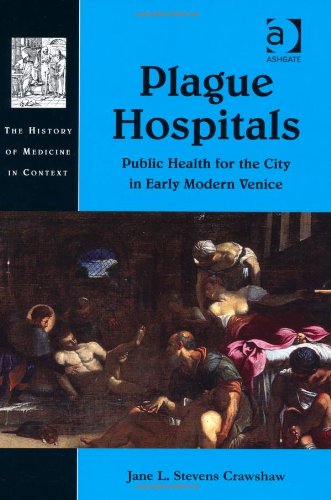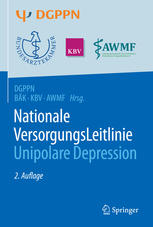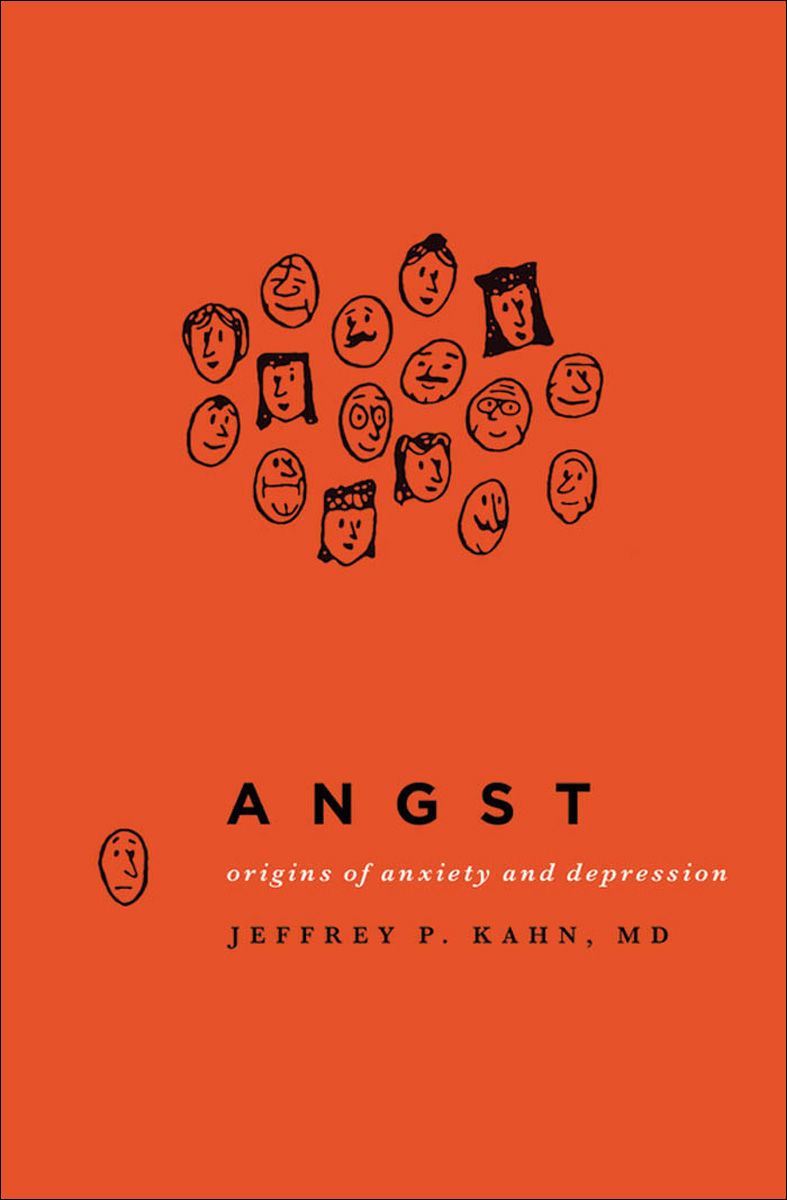بیمارستان طاعون: بهداشت عمومی شهر در ونیز مدرن اولیه ۲۰۱۲
Plague Hospitals: Public Health for the City in Early Modern Venice 2012
دانلود کتاب بیمارستان طاعون: بهداشت عمومی شهر در ونیز مدرن اولیه ۲۰۱۲ (Plague Hospitals: Public Health for the City in Early Modern Venice 2012) با لینک مستقیم و فرمت pdf (پی دی اف)
| نویسنده |
Jane L. Stevens Crawshaw |
|---|
| تعداد صفحهها |
290 |
|---|---|
| نوع فایل |
|
| حجم |
5 Mb |
| سال انتشار |
2012 |
89,000 تومان
معرفی کتاب بیمارستان طاعون: بهداشت عمومی شهر در ونیز مدرن اولیه ۲۰۱۲
بیمارستان های لازارته یا طاعون که در اروپای مدرن اولیه توسعه یافتند، نقش اصلی را در واکنش های مدرن اولیه به بیماری های همه گیر، به ویژه پیشگیری و درمان طاعون ایفا کردند. لازاریتی به عنوان بیمارستان های ایزوله، مراکز قرنطینه، نقاهتگاه ها، گورستان ها و انبارهایی برای ضدعفونی یا از بین بردن کالاهای آلوده خدمت می کرد. اولین مدل دائمی این موسسه در سال 1423 در ونیز تأسیس شد و بین قرن پانزدهم تا هجدهم ده ها هزار بیمار از درها عبور کردند. لازارتی که در جزایر لاگون تأسیس شده است، در مورد رابطه بین شهر و محیط طبیعی آن به ما می گوید. بیمارستان های طاعون همچنین روشی را نشان می دهند که ساختارهای پزشکی ونیزی با تقوا و تسکین بیماری تلاقی می کنند و الگویی از سلامت عمومی ارائه می دهند که در سراسر اروپا تأثیرگذار بود. این اولین مطالعه دقیق از نحوه عملکرد این بیمارستان های طاعون، محل قرارگیری آنها، چه کسانی در آنجا کار می کردند، ماندن در آنجا چگونه بود و چند نفر زنده ماندند. مقایسه هایی بین Lazzarete ونیز و مؤسسات مشابه در پادوآ، ورونا و سایر شهرهای ایتالیا و اروپا انجام شده است. این کتاب با محوریت قرن های 16 و 17، که طی آن شیوع های جدی طاعون در اروپا و دوره هایی از آرامش نسبی رخ داد، آنچه را که لازارتی می تواند در مورد پزشکی و جامعه اولیه به ما بگوید را بررسی می کند و کمک قابل توجهی به تاریخ ونیزی و ما می کند. درک سلامت عمومی در اروپای مدرن در اوایل، درگیر شدن در افکار سرایت و انزوا، بشردوستی و درمان، کثیفی، بیماری و مرگ.















